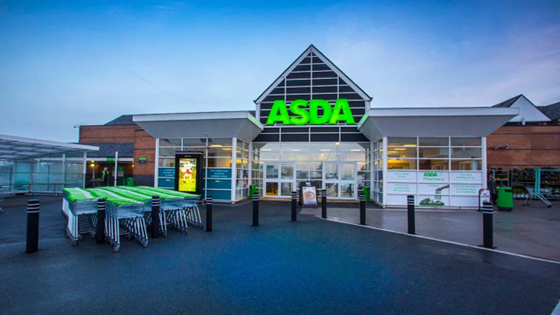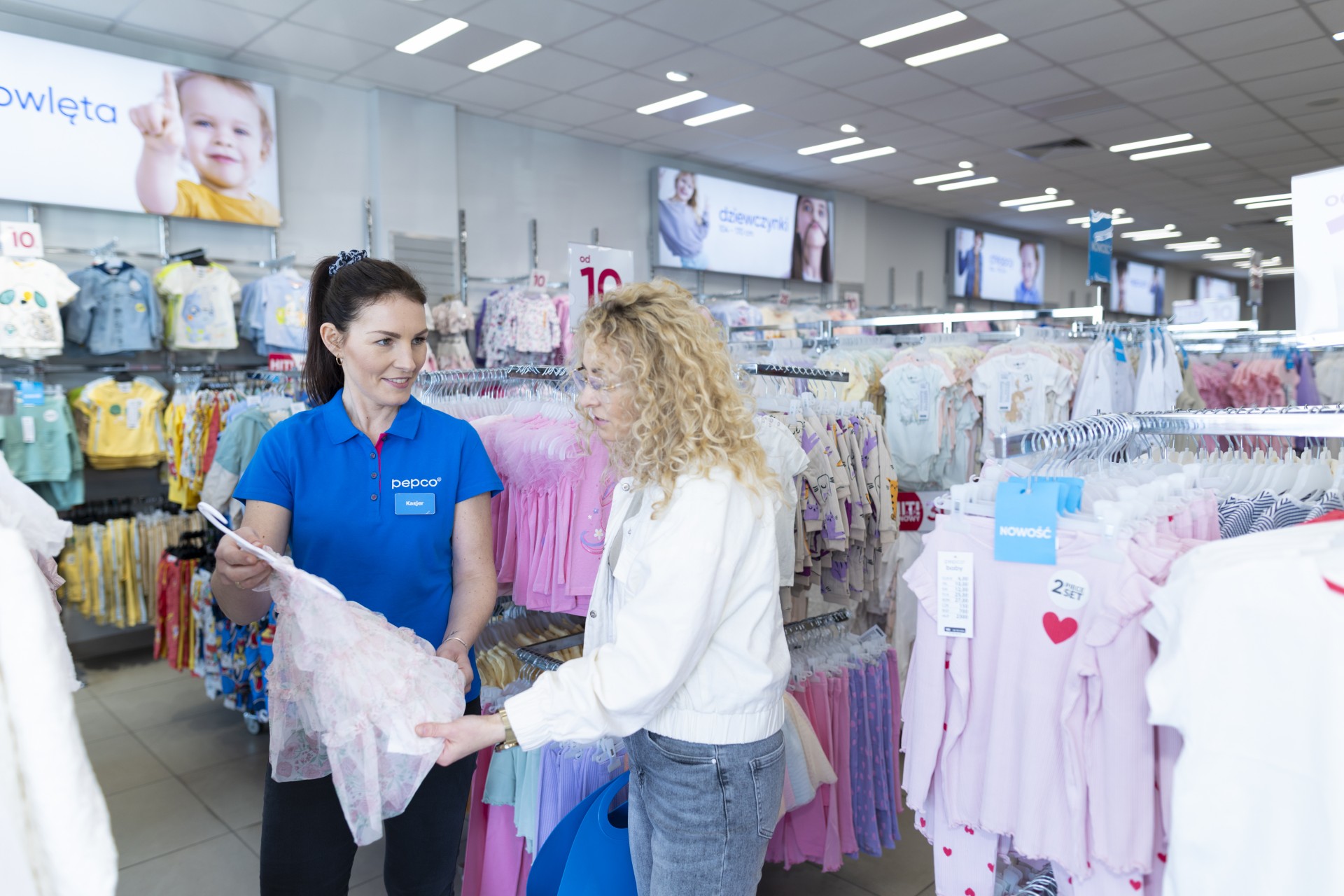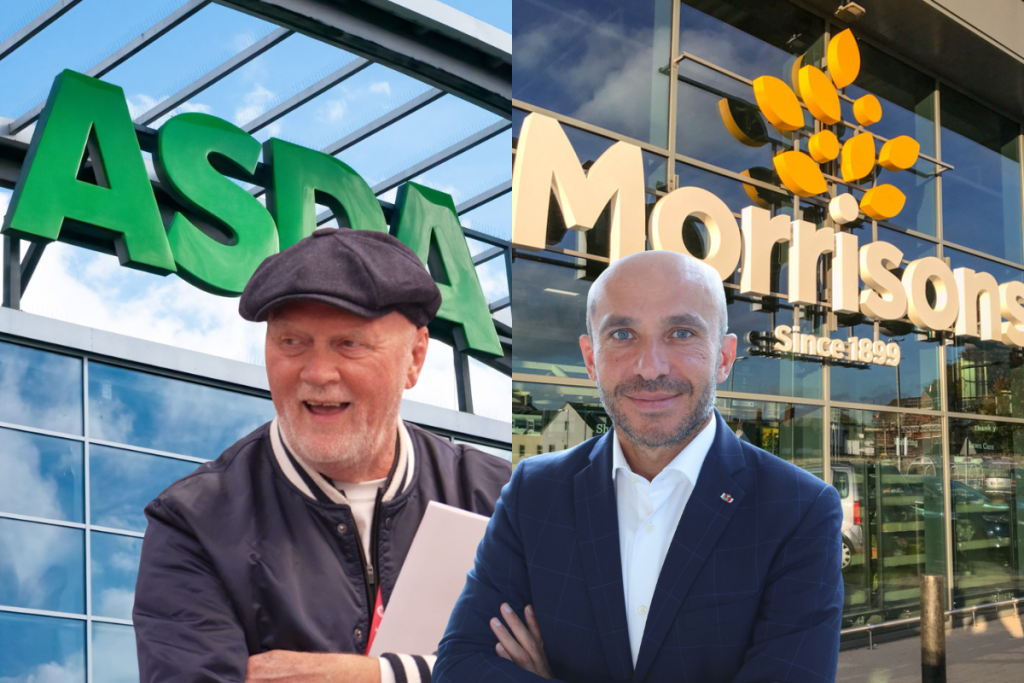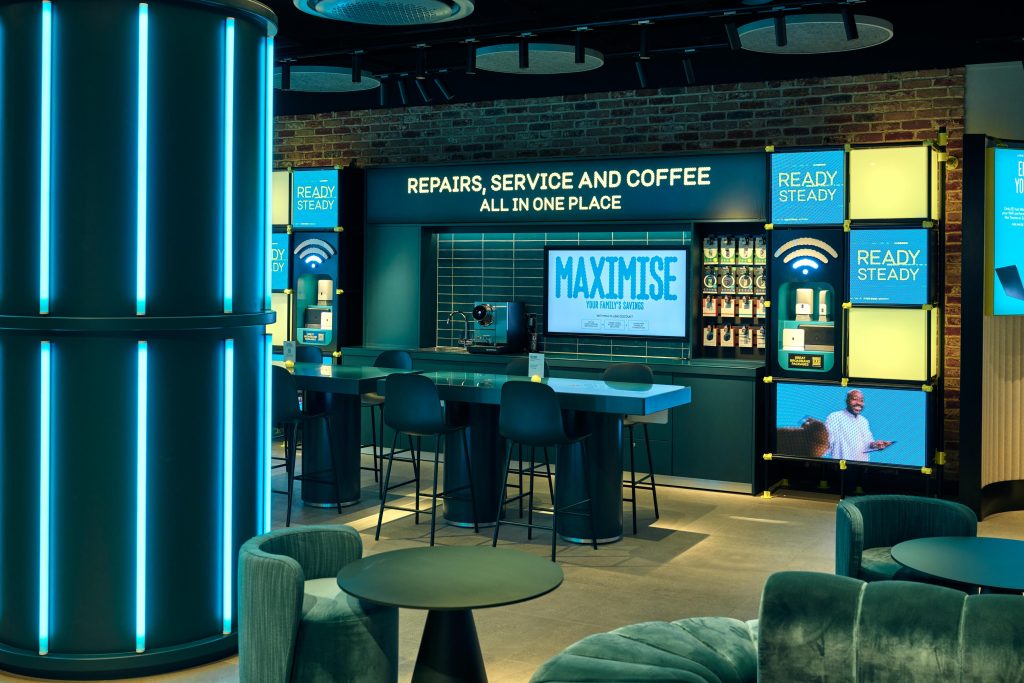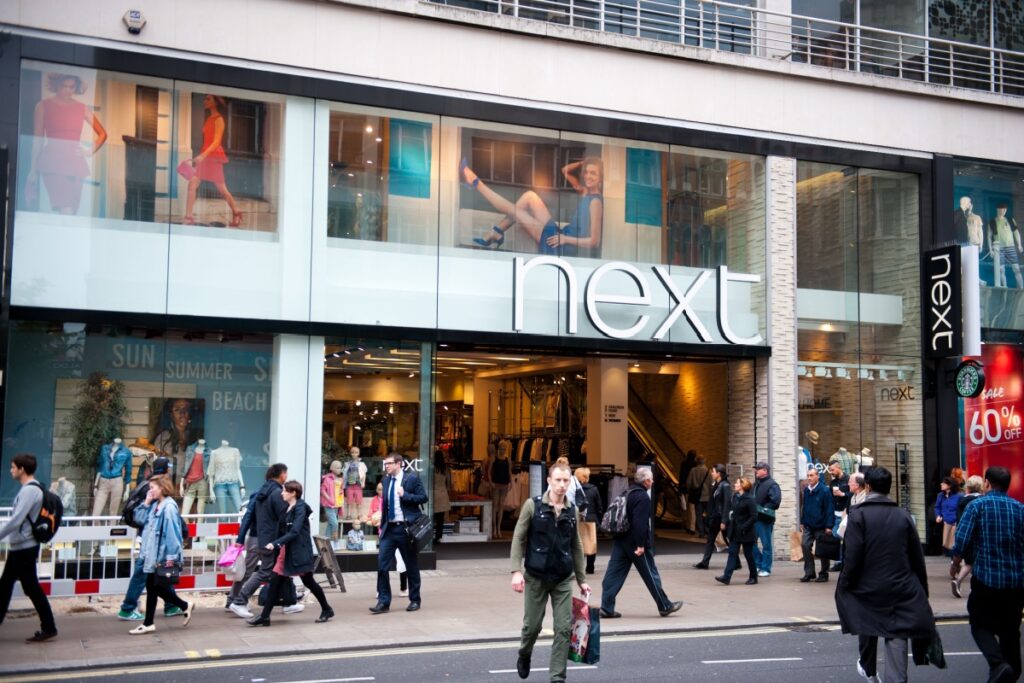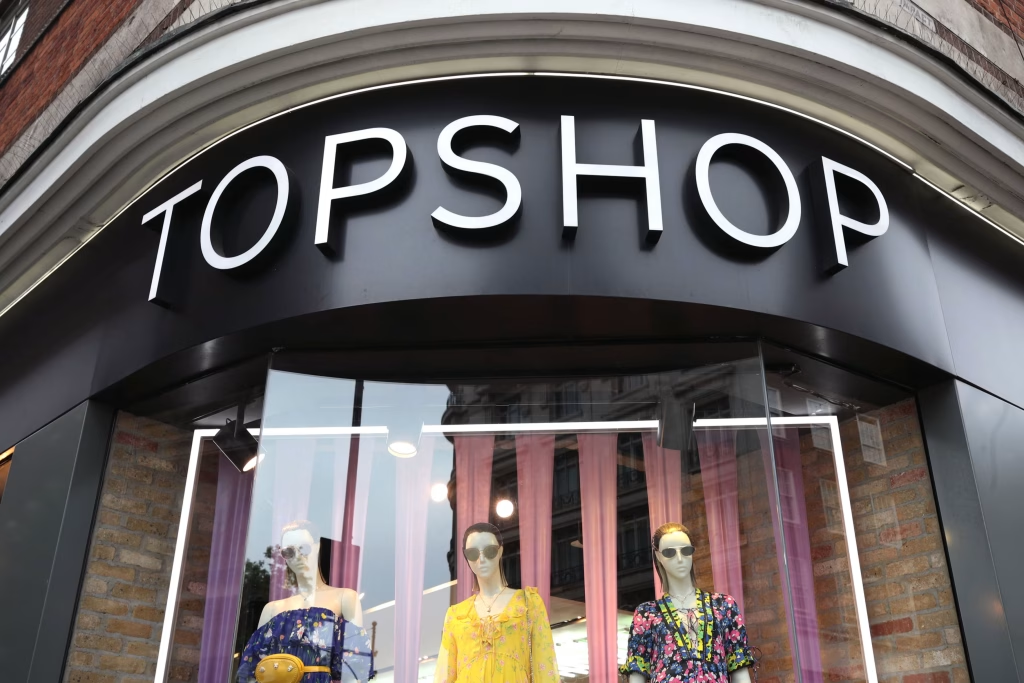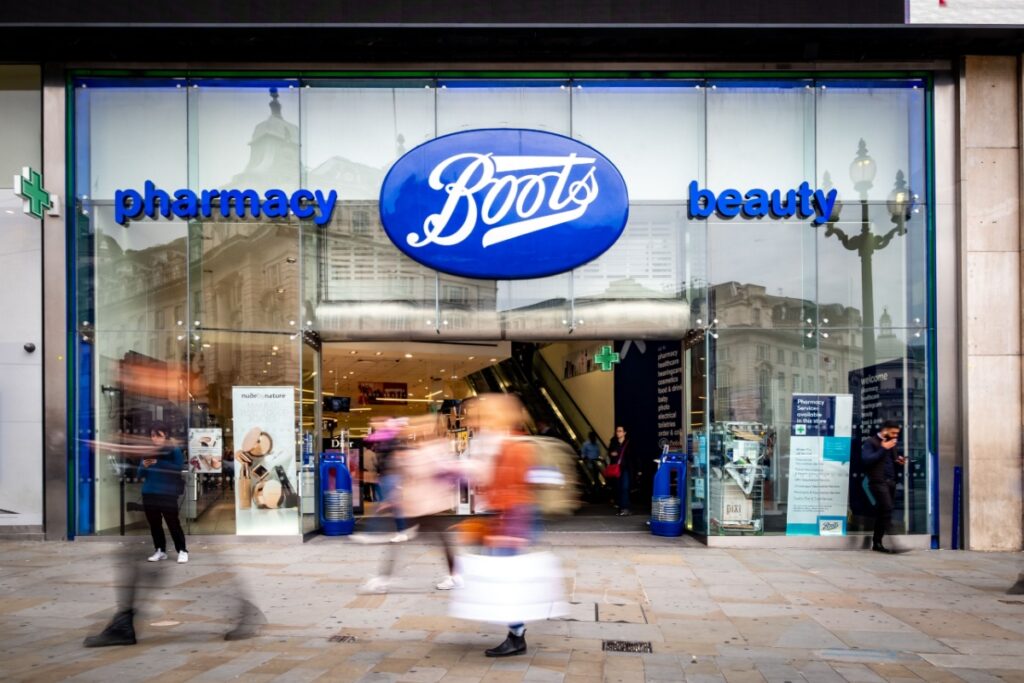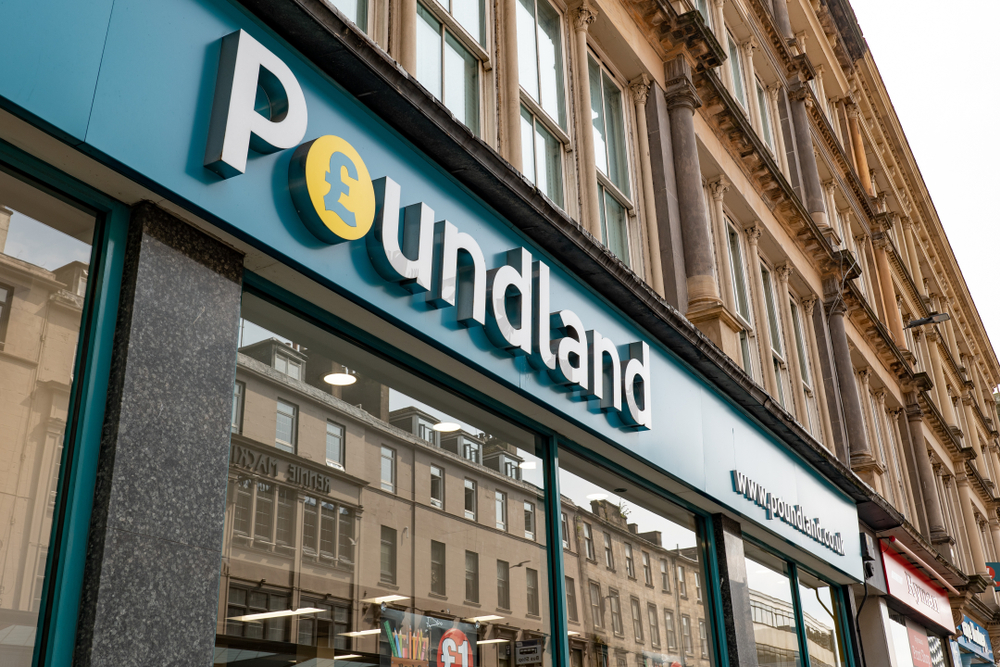How long could Starbucks‘s UK CEO gush about Starbucks‘s ethos, its people, its drinks? All day. Or maybe he‘s just buzzing from caffeine.
Mark Fox has been managing Starbucks‘s UK division since January 2014 after serving as CEO of Pizza Hut, owned by Yum! Brands, where he spent 4 years overseeing its delivery service.
In the year to September 2013 Starbucks UK was at a loss of £20m. Come 12 months later, and it had made a profit of £1.1m, coincidentally within 9 months of Fox‘s appointment. This was Starbucks‘s first profit in the UK since it set up shop here in 1998. While the turnover may not have been directly linked to Fox, it‘s the result of a five year turnaround strategy (now in its third year) that he‘s heading up this side of the water.
Seemingly, Starbucks‘s aim is to have a store at every corner (Fox tells me that he hopes to open 100 stores a year) but those need to be the right stores, in the right places. For a time, there were five Starbucks outlets on London‘s Oxford Street – that‘s a lot of rent for one street. So much rent in fact, that “the aggressive nature of the property marketplace forced all the Oxford Street stores to close” Fox explains.
So a few years ago, Starbucks took a step back to look at its real estate proposition from a clearer perspective. In doing so, the global retailer began to rebalance its store portfolio, including franchise, and “carefully manage costs.”
Fox has overseen a period of growth for the Seattle based business, which he says is down to seeing opportunity everywhere, “from the east to the west.” He hasn‘t forgotten the older stores either, which he plans to give some TLC to in due course. There‘s also a strong demand for drive thru convenience, now an important part of Starbucks‘s development.
The coffee retail winner maintains a dominant market position that for a while was down to the ‘several stores in small, key areas‘ part of its business model. Not only did these operate at a financial loss, but they also fuelled claims that Starbucks was unfairly attempting to drive out small, independent competitors who couldn‘t afford to pay inflated prices for premium real estate.
But the 45-year old is keen to assure me that Starbucks celebrates the independent coffee shops. Coffee is big business and those smaller stores are “healthy for the economy”.
And what of rival coffee chain Costa, which currently has a UK store count of 1931 stores, more than double that of Starbucks? Fox puts it simply: “it‘s about the distinctive Starbucks experience.”
In 1991, the coffee giant announced landmark initiative Bean Stock, turning eligible Starbucks employees into partners by providing them the opportunity to share in the financial success of the company through Starbucks stock. This part of the business model massively contributes to footfall. “Happy employees means happy customers” cites Fox and as partners, “Starbucks staff are personally invested in the business”. Did you know that table service is on offer at a Starbucks near you? And that when asked nicely, managers can be flexible with store opening hours to accommodate large groups? “This isn‘t commercially profitable for us,” comments Fox, “but business thrives when baristas connect with customers.”
From knitting clubs, to Game of Thrones nights, Starbucks is “committed” to contributing towards local communities. “That‘s the pixie dust of Starbucks,” Fox says proudly.
In the wonderland of America, innovation is driving the business forward. Recently, Starbucks USA has brought out products like s‘more frappuccinos and cookie straws as well as an espresso shot version of a store opposite the New York Stock Exchange, for on-the-go Wall Street types to pick up a coffee express style.


